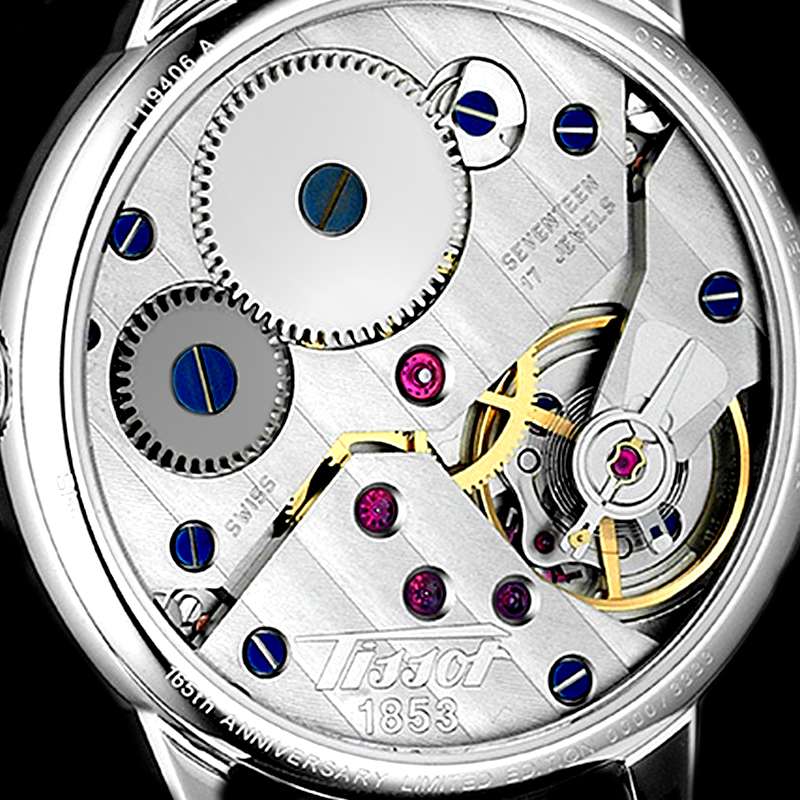Understanding Watch Movements

Watch movements (also known as calibers) are the mechanisms inside a watch that keep time. There are several types, each with its own characteristics and advantages:
Mechanical Movements
There are two types of mechanical movements: manual and automatic (self-winding).
Manual
These watches require winding by hand. The watch movement is driven by a mainspring that stores energy.
-
Advantages: A classic choice for watch enthusiasts, these movements feature intricate craftsmanship and a rich history. No battery required.
-
Disadvantages: They require regular winding, are less accurate than a quartz (battery) movement, and can be more expensive due to the complexity of the mechanism.
Automatic

These watches self-wind through the motion of the wearer's wrist. They contain a rotor that moves with the user, winding the mainspring.
-
Advantages: These watches don't require manual winding if worn regularly, combining traditional craftsmanship with convenience.
-
Disadvantages: If not worn for a while, they will require resetting. They can be less accurate than a quartz (battery) movement.
Quartz Movements

These watches use a battery to send an electric current through a quartz crystal. The current vibrates at a precise frequency (32,768 times per second) which regulates the timekeeping.
Advantages: These watches are highly accurate, require low maintenance, and typically are less expensive. The battery will usually need replacing every 1-3 years.
Disadvantages: Some enthusiasts find these watches less appealing as they lack the traditional craftsmanship you'll find in a mechanical timepiece.
Eco-Drive / Solar Movements
These watches use light (natural or artificial) to power a quartz movement. They have a solar cell that converts light into energy, which is then stored in a rechargeable battery or capacitor.
-
Advantages: These watches are viewed as more environmentally friendly as they eliminate the need for battery replacement as the efficiency in energy storage leads to long battery life. They are as accurate as traditional quartz watches.
-
Disadvantages: These watches require exposure to light to keep running; if the watch is not exposed for an extended period, it might stop. The initial cost can be higher than a standard quartz watch.
